
Quantum computing is radically changing the cybersecurity landscape. While this technology offers significant advances in processing and analysis capabilities with extensive applications in simulation, optimisation, and artificial intelligence, it also poses an unprecedented threat to the traditional cryptographic systems that underpin current online security.
Quantum computing, in particular, has the potential to break algorithms such as RSA, ECC and other public key systems using techniques such as Shor's algorithm. This scenario, anticipated as ‘Q-Day’, forces a massive migration from current cryptography to quantum-safe cryptography.
Given that many current systems and devices will not be able to adapt easily, a considerable technical and organisational effort is required.
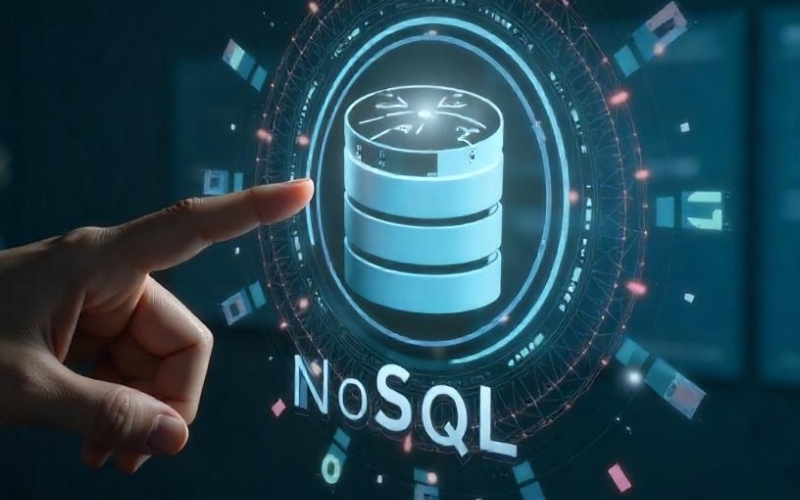
Given the increasing proliferation of NoSQL databases in modern applications, it is critical for developers and security teams to understand the risks associated with NoSQL injections. This article discusses the threats and impact of these vulnerabilities, the techniques attackers use to discover and exploit weaknesses in applications, and best practices for protecting against these types of attacks. Through a defense-in-depth strategy, which combines input validation, secure queries, strict access controls, and continuous monitoring, organizations will be able to strengthen the security of their applications against NoSQL injections and mitigate the associated risks.
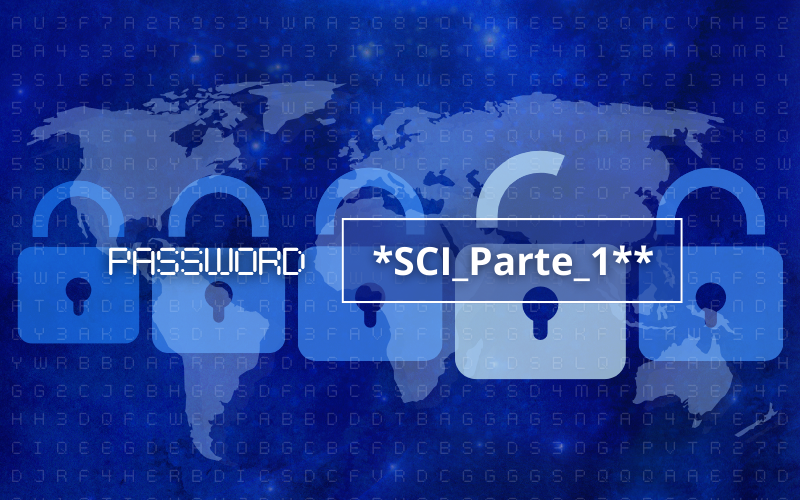
The Initial Access tactic is one of the 12 tactics that make up the matrix developed by MITRE for industrial environments (for more information on the matrix, feel free to consult the article ICS Matrix, the State of v11). Within this tactic, different techniques used by attackers with the aim of gaining unauthorized access to an industrial environment are shown. This is often the first target of external attackers, as access to the ICS's internal environment allows internal computers to be recognized and exploited, move around the network, gain elevated privileges, or steal sensitive information. Therefore, it is important to know this tactic in order to defend our systems
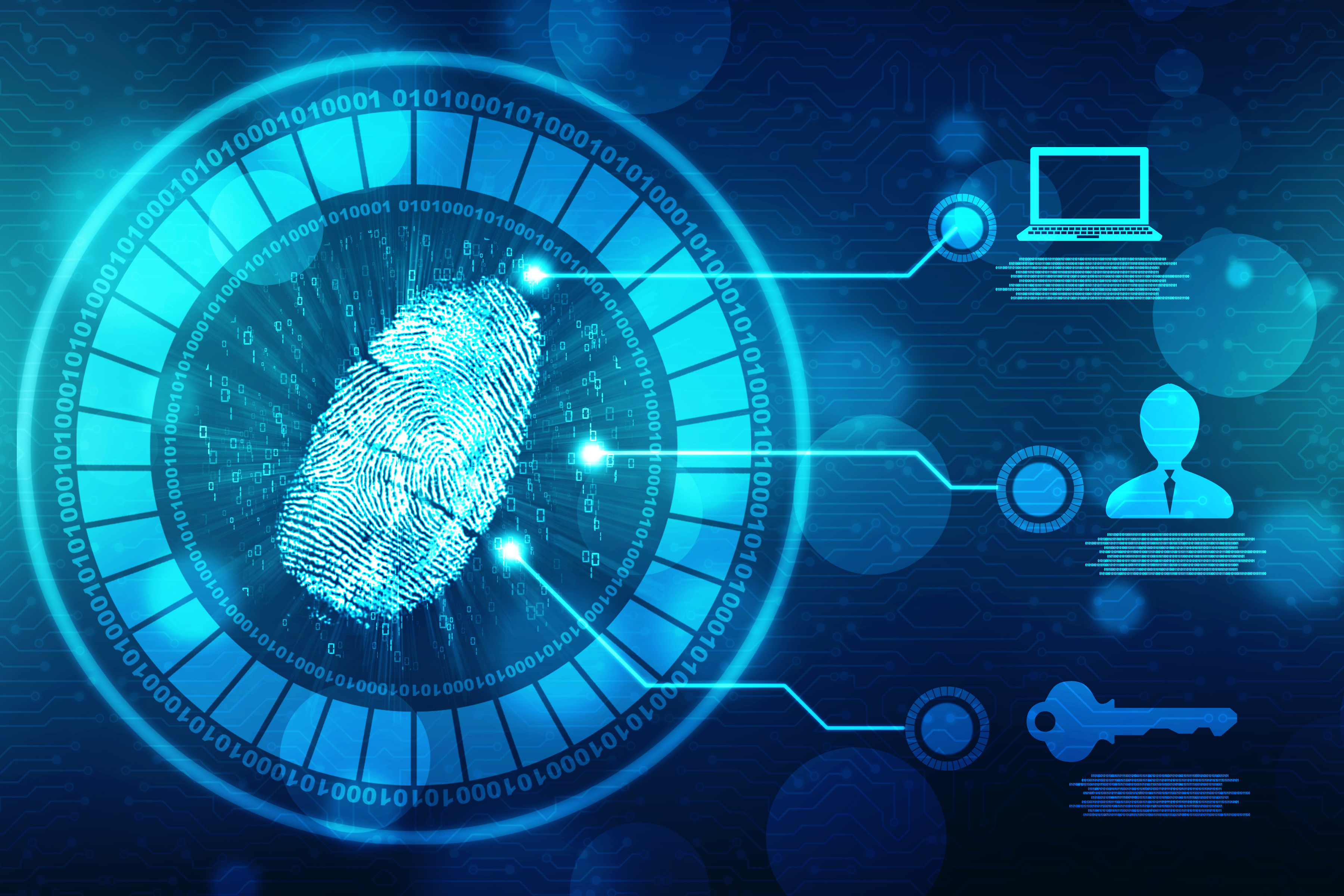
In the digital forensic analysis of Windows systems, artefacts such as event logs, prefetch files, LNK files or the Windows Registry are essential for the investigation of cyber incidents. These artefacts are characterised by the storage of detailed information about system and user activities, allowing the identification of malicious actions, the tracking of attackers' movements and the reconstruction of timelines of critical events. Thanks to these, attack techniques such as command execution, persistence and evasion of system defences can be detected. Knowledge about the collection and analysis of these artefacts ensures accurate and efficient analysis. Therefore, contextualising the relevance of these artefacts helps cybersecurity professionals to strengthen their detection and response capabilities, thus ensuring the integrity of collected evidence and improving the effectiveness of digital forensic investigations.

Nmap (Network Mapper) is a widely recognized tool in the field of computer security and network administration. Its popularity lies in its ability to map networks and detect active services on connected devices. Since its inception in 1997, by Gordon Lyon, Nmap has been one of the most trusted tools for performing security analysis, identifying open ports, and services available on remote hosts. Over the years, the tool has evolved and adapted to the growing demands of the cybersecurity field.

Memory corruption vulnerabilities are critical flaws in programs that occur when software improperly manipulates memory. These failures can allow a program to write data to unintended memory locations or access areas of memory that are out of range.
An attacker controlling this data could trigger unexpected behavior on the system, such as causing the program to crash or, in the worst case, gaining full control over the affected system.
In part, this is because initially computer systems were not designed with security in mind, so the memory addresses used by programs and operating systems were static and predictable. This meant that every time a program was run, memory locations, such as the stack, heap, and shared libraries, were always in the same direction.
This predictability made it easier for attackers to exploit memory vulnerabilities, such as buffer overflows and libc return-back attacks, as they could anticipate exactly where the data or code they wanted to manipulate to execute malicious code would be located. In this article, we will look at how the ASLR technique helps combat these vulnerabilities.

In the complex web of network infrastructure, the Internet Routing Registry (IRR) stands out as an essential component, playing an important role in the coordination and security of routing policies. Its benefits are significant in building a cyberspace free of spoofing-type attacks. Knowing how to create and maintain objects in the IRR is essential for operators of Internet infrastructures. This article presents its fundamental elements and the tools that help in its life cycle

Babuk Tortilla is a version of the original Babuk ransomware, which emerged after the leak of its source code, and which attracted attention in the cybersecurity landscape due to the intention of being deployed on vulnerable servers.
This article reviews its origin and operation, focusing on its modus operandi and the techniques used to breach the security of data and systems. It also provides key tools and recommendations to identify and neutralize its effect on technological infrastructures, providing users with the necessary knowledge to defend against this significant risk. Understanding how Babuk Tortilla works and its recovery mechanisms is vital.
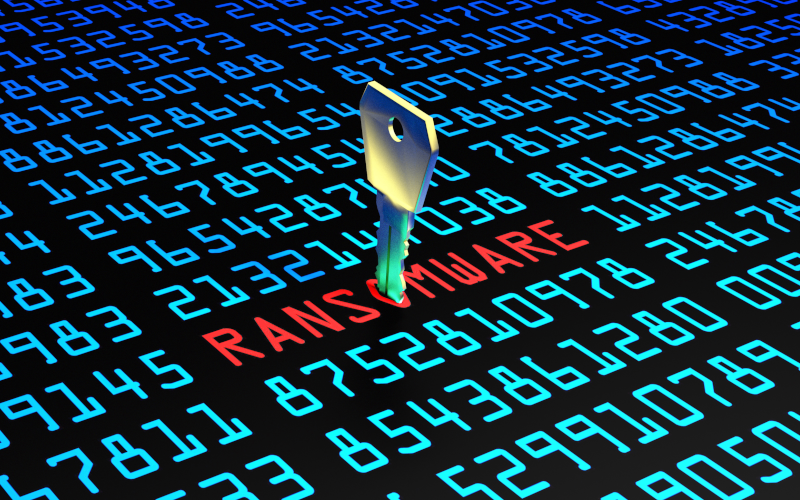
Since its appearance in 2022, Black Basta has established itself as one of the most dangerous ransomwares in the current landscape, standing out for its ability to carry out double extortion attacks, stealing and encrypting data from its victims. Although it focuses on Windows systems, versions for Linux systems that attack ESXi hypervisors have also been discovered. At the end of December 2023, a renowned ethical hacking lab in Berlin published a decryption tool on GitHub to combat it. Although the group has recently updated its software to fix this flaw, the release of the decryption tool represents a major blow against its operations. In this article, we take a closer look at how this ransomware works, exploring the methods it employs to compromise the integrity of data and systems and presenting the decryption method for its vulnerable version.
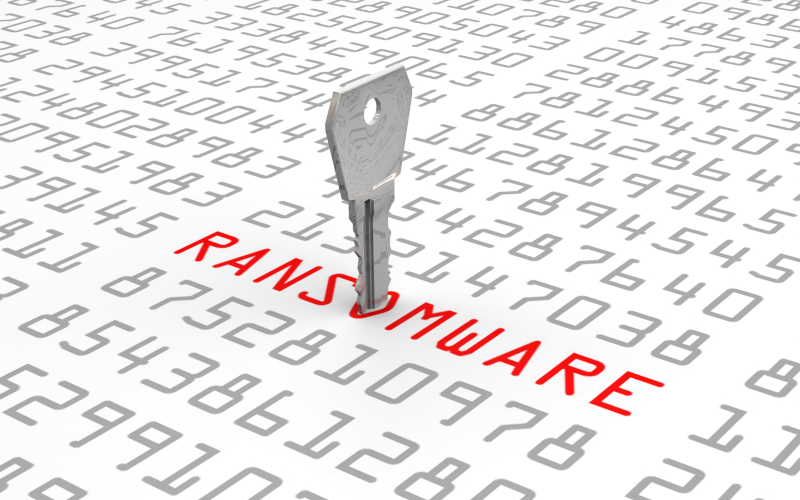
LockBit ransomware has rapidly evolved to become one of the most prolific threats of our time. Its technical sophistication, evidenced by the development of tools, such as StealBit, for automated data exfiltration and its adaptation to attack Linux servers, specifically ESXi, demonstrate the advanced adaptability and potential impact on affected organizations.
In addition, the implementation of a ransomware-as-a-service (RaaS) model and double extortion tactics underscore the complexity and coercive nature of their campaigns. The response to this threat, however, has culminated in a collaborative law enforcement effort that has succeeded in dismantling LockBit's infrastructure, leading to the arrest and indictment of several of its operators. In this article we focus on the version of LockBit 3.0, presenting its main features and the current tools for recovering data in case it has been compromised.



